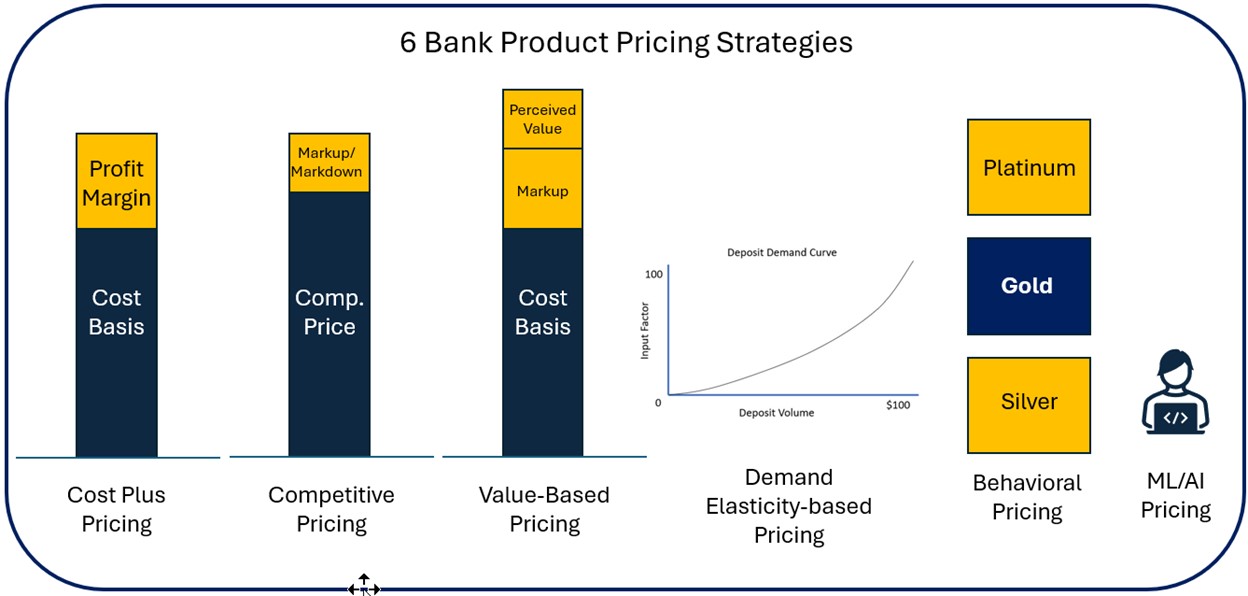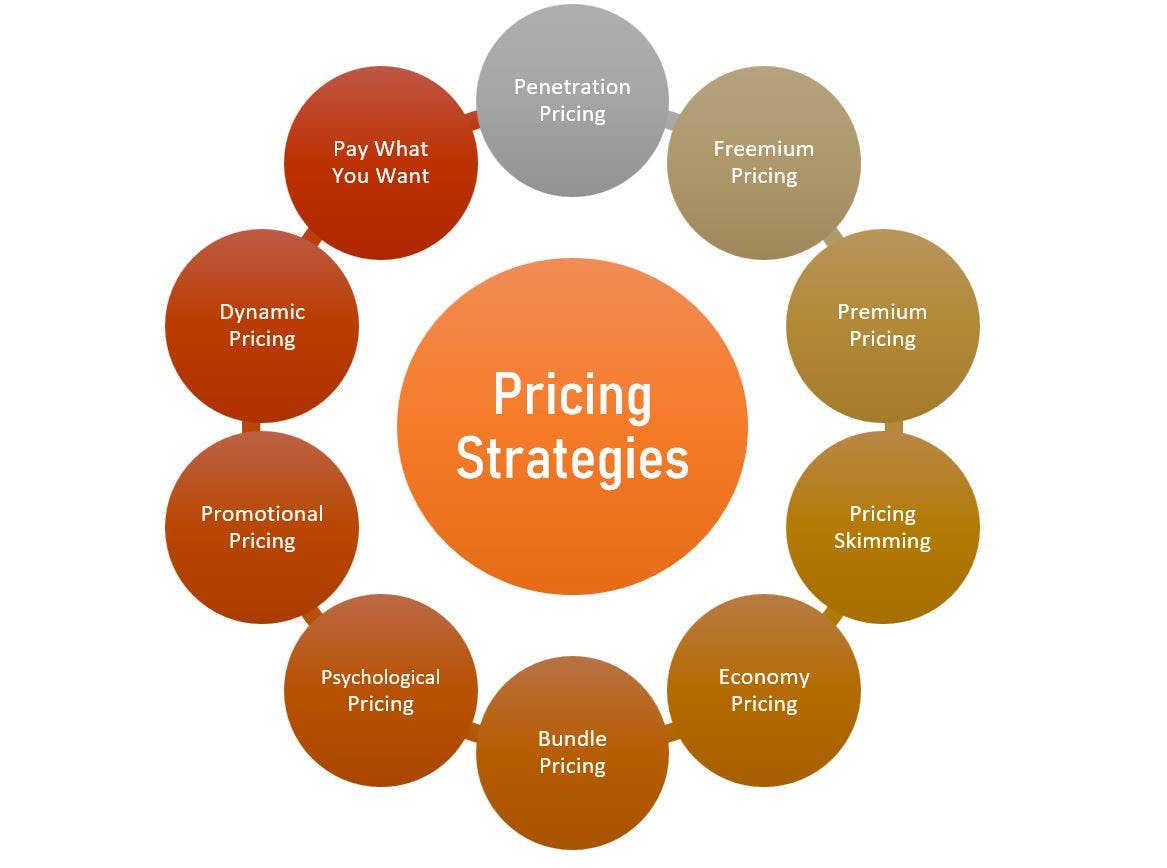The Duty of Competitive Analysis fit Your Pricing Strategy
The Duty of Competitive Analysis fit Your Pricing Strategy
Blog Article

Master Effective Pricing Methods to Make Best Use Of Earnings
In the ever-evolving landscape of commerce, mastering efficient pricing strategies is important for companies aiming to optimize earnings. A nuanced understanding of pricing psychology can considerably influence customer habits and investing in decisions.
Recognizing Prices Psychology
Comprehending prices psychology is crucial for services aiming to optimize their pricing methods. This area checks out just how customers view rates and exactly how these understandings influence their investing in choices. Secret ideas in rates psychology include the anchoring effect, where the first rate provided functions as a reference point for customers, and the idea of cost sensitivity, which differs among various client sections.
In addition, services can leverage the idea of viewed worth, where the viewed advantages of a product or service can justify a greater rate factor. For example, premium prices can develop an aura of exclusivity, attracting consumers who link greater prices with exceptional top quality. On the various other hand, mental pricing, such as establishing a cost at $9.99 as opposed to $10, can dramatically influence customer actions by making rates appear much more eye-catching.
Furthermore, shortage and necessity can enhance the viewed value of items, motivating quicker investing in decisions. Comprehending these emotional triggers allows services to develop pricing methods that not just drive sales however additionally foster customer loyalty. Hence, mastering rates psychology is essential for effective prices technique formulation, bring about improved earnings and market positioning.
Executing Value-Based Pricing

First, conduct extensive marketing research to identify the value vehicle drivers for your target market. This can consist of features, top quality, brand name credibility, and client service. Next off, segment your customers based on their readiness to pay and the worth they perceive. By doing so, you can tailor offerings and pricing approaches to straighten with various sectors.
After collecting understandings, set prices that show the optimum amount a consumer agrees to pay, making certain that they view a fair exchange for the worth received. Connect the worth proposal properly, highlighting the benefits and differentiators of your offering. Finally, constantly check market problems and customer feedback to improve your prices strategy gradually - Pricing Strategy. By applying value-based pricing, services can boost profitability while promoting long-term customer commitment.
Checking Out Dynamic Rates Models
In today's quickly altering market landscape, dynamic prices models have actually become a powerful approach for businesses seeking to maximize revenue and reply to fluctuations sought after. These designs enable companies to adjust their costs in real-time based upon different aspects such as customer actions, market fads, and inventory levels. By leveraging data analytics and formulas, services you could look here can recognize ideal rates points that make the most of sales while continuing to be competitive.
Dynamic prices can take various kinds, including time-based prices, where rates fluctuate based on time of day or period, and demand-based pricing, which changes costs according to current consumer need. This flexibility not just enhances productivity but additionally improves consumer satisfaction by offering prices that reflect real-time market problems.
Carrying out vibrant rates requires a durable technological facilities and a deep understanding of consumer sections. Transparent communication about rates adjustments can assist alleviate client discontentment and foster count on, inevitably leading to sustained success in a competitive market.
Analyzing Competitor Prices
Monitoring rival pricing is important for companies intending to keep an one-upmanship in their corresponding markets. By evaluating competitors' prices approaches, business can identify market trends, recognize customer preferences, and readjust their pricing as necessary. This analysis entails gathering information on competitors' rates, advertising methods, and product offerings to notify prices choices.
To successfully analyze competitor rates, companies should utilize different tools and methods, such as cost monitoring software application, market research records, and consumer feedback. This information can reveal just how competitors position their services and products, enabling services to differentiate their offerings or adopt comparable techniques to stay appropriate.
In addition, it is crucial to categorize competitors right into article direct and indirect competitors. Direct competitors use comparable services or products, while indirect rivals might fulfill the same customer demand with different services. Recognizing the nuances between these groups will enable companies to tailor their pricing approaches extra successfully.
Inevitably, ongoing rival rates evaluation is vital for making enlightened rates choices. It enables companies to remain agile in response to market changes, guaranteeing they can seize opportunities and mitigate risks associated with prices approaches.
Assessing Pricing Efficiency
Comprehending exactly how rival prices affects market dynamics leads to an all-natural concentrate on evaluating prices efficiency within one's own company. This analysis is vital for determining areas of strength and possibilities for enhancement, ultimately boosting profitability.

Furthermore, performing routine pricing audits can expose disparities between expected and real efficiency. This includes contrasting pricing information across different segments and networks to understand variations and determine trends. Incorporating customer comments can offer insights into regarded value versus actual rates, ensuring placement with market assumptions.
Last but not least, leveraging information analytics devices can promote much deeper understandings into prices performance, enabling companies to make data-driven changes (Pricing Strategy). By continuously reviewing prices efficiency, organizations can adapt to market changes and optimize their strategies, ensuring continual profitability in an affordable landscape
Final Thought
By leveraging rates psychology, businesses can enhance perceived value and dressmaker prices to diverse customer sections. The adoption of value-based and dynamic prices designs helps with real-time modifications based on demand and client determination to pay.
Comprehending prices psychology is crucial for businesses aiming to enhance their rates approaches. Recognizing these mental triggers allows businesses to formulate rates methods that not only drive sales but also foster customer loyalty. Thus, mastering pricing psychology is crucial for reliable rates technique formulation, leading to boosted productivity and market positioning.
By evaluating rivals' rates strategies, companies can determine market trends, comprehend customer preferences, and adjust their pricing appropriately. By leveraging rates psychology, organizations can enhance regarded value and dressmaker prices to varied consumer segments.
Report this page